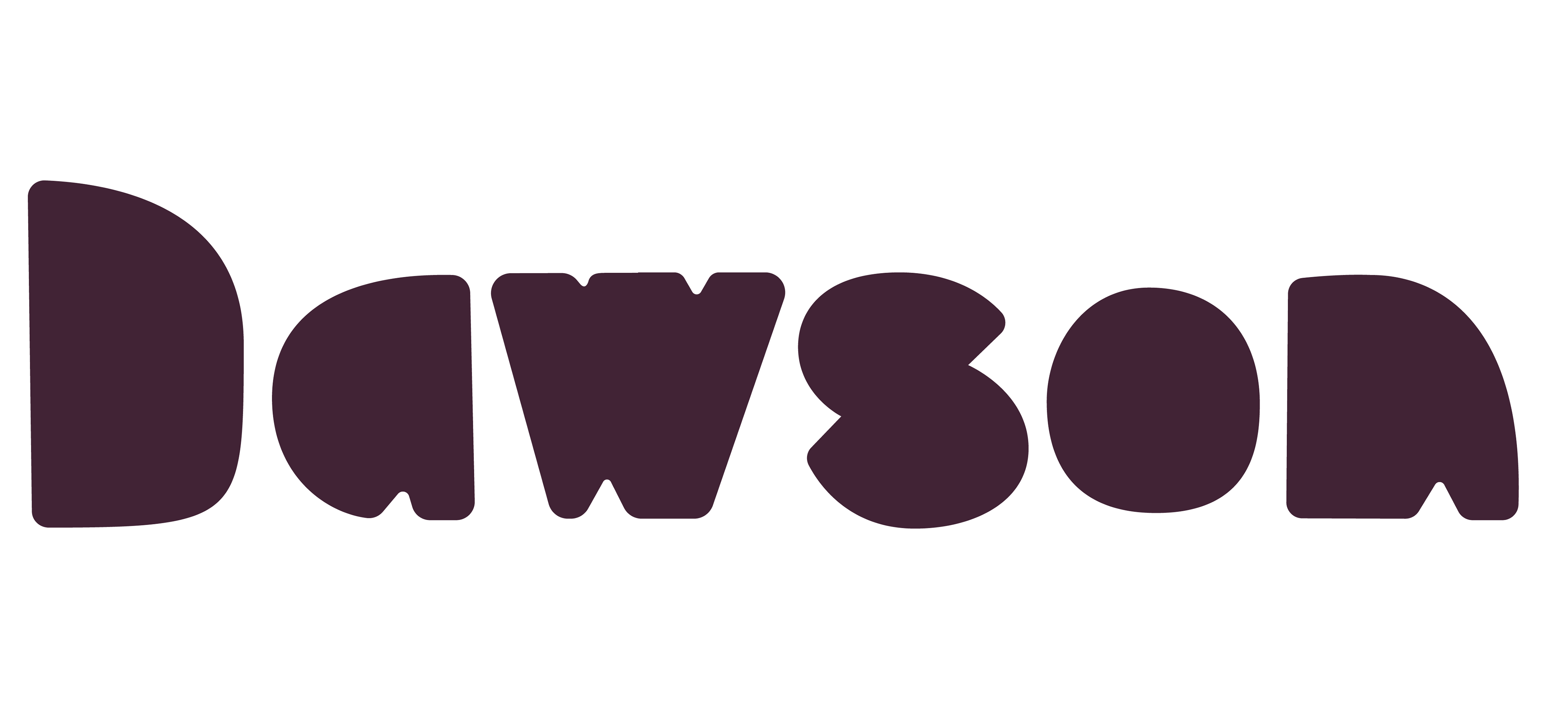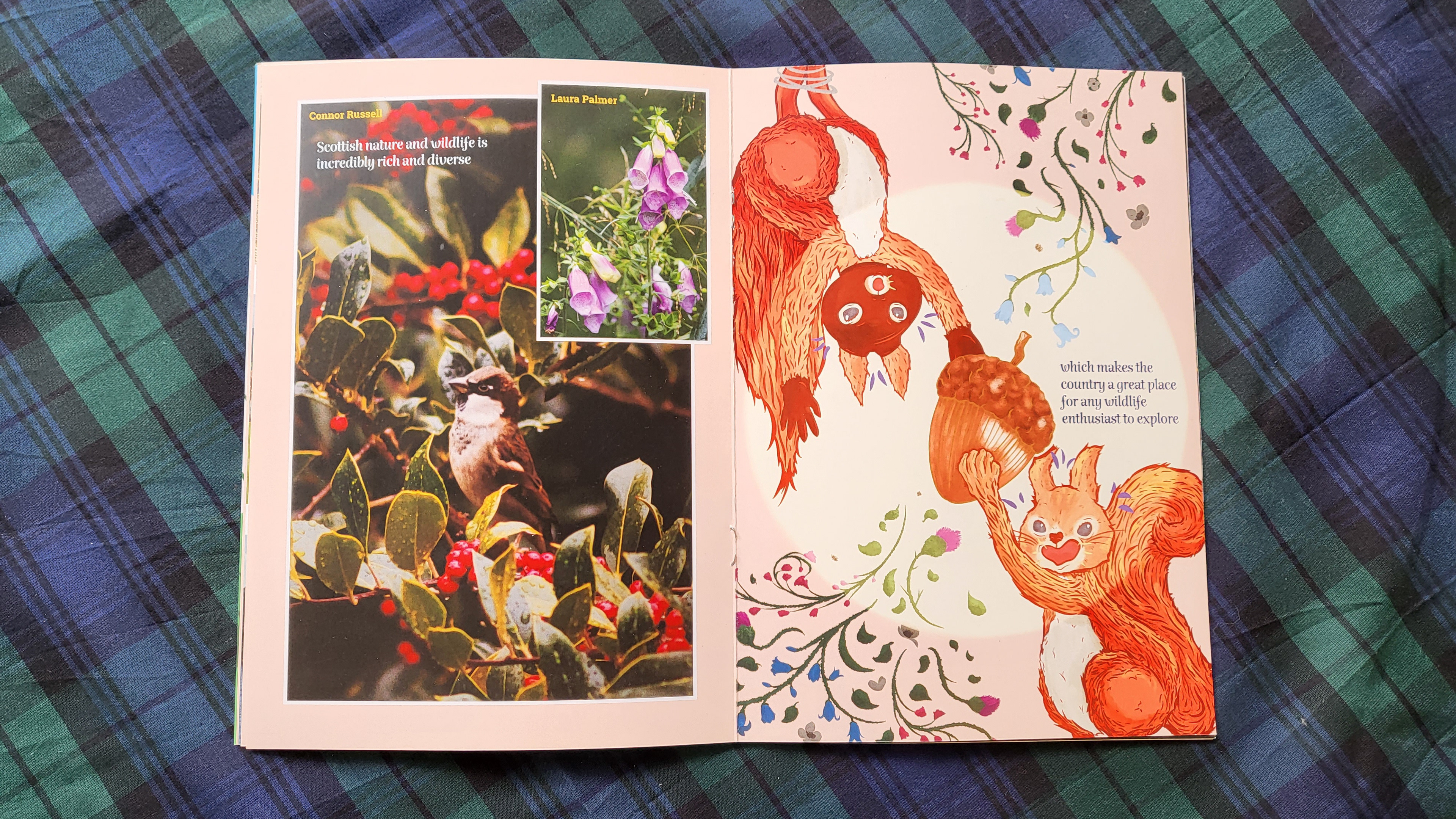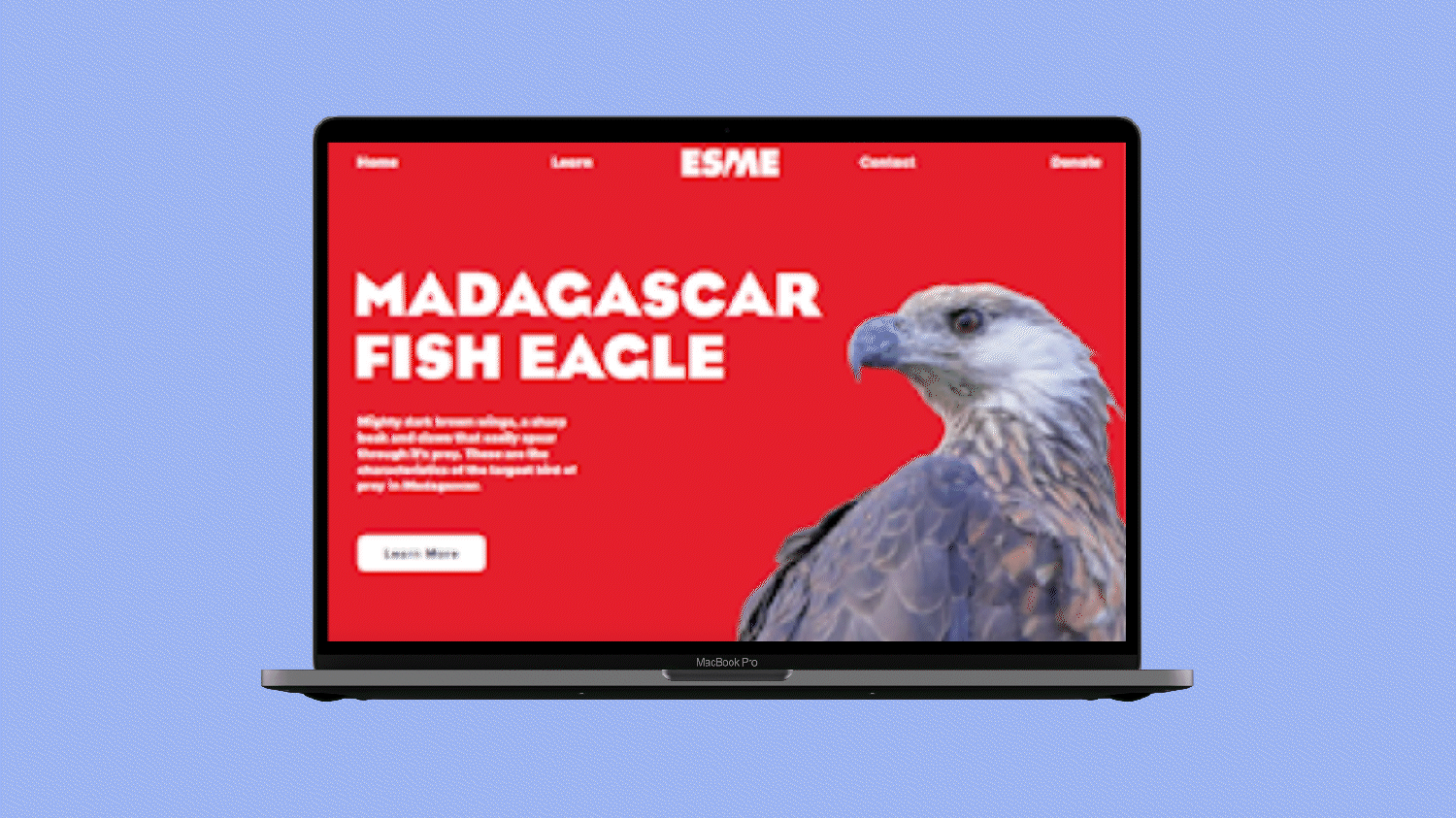The front and back cover work together to tell a visual story much like a Haiku. It shows 2 contrasting viewpoints of the same scene; an exotic fish and a fisherman.
(You won't be reading this book from left to right)
Naka -Tobira (like a page break) has been used to show the book title and separate the cover and introduction pages. The illustration is soft, relates to Japanese culture and helps the English reader's eye flow throughout the new reading order or a right-left book.
The cherry blossoms continue onto the next spread to further help English and Japanese readers. The Japanese type has been set appropriately using solid setting.
An illustration of Mt. Fuji has been used for the Haiku contents page as it is an easily recognisable visual of Japan and Japanese culture, being referenced in a lot of different Haiku.
This spread focuses on Matsuo Basho, the grandfather of Haiku because he made it into its own separate art form, from the Hokku. The recto page uses typography that gets the reader accustomed to the duality of typography that will be used throughout the book.
This spread focuses on balance as that is what I interpret the verso page Haiku to express. I’ve combined both Haikus to paint a picture in my mind of what this could look like as one illustration. This also made me balance out the Haiku’s evenly whilst setting them how their words describe them (Balance and Swaying).
The illustration represents the frog's point of view in this Haiku that shows a frog's scale compared to a human. It works to disassociate the reader with their viewpoint of a human. The Japanese type resembles the waterfall whilst the English represent the frog getting crushed by the piss.
The only purple double spread in the book is used to showcase the end of the book and the dead of night. The conventions of the illustration box have been broken the most in this illustration as it represents a farewell to the reader by making the lanterns come out of the page.


















